Some foods disappear faster than others. One bite turns into ten, and before anyone notices, the whole bag, box, or plate is empty. That isn’t just hunger—it’s science. Processed snacks, sugary treats, and fried favorites are engineered to trigger cravings, making them nearly impossible to resist. From the crunch of a chip to the creamy melt of ice cream, every texture and flavor is designed to keep the brain wanting more. These foods don’t just taste good—they hijack taste buds, override fullness signals, and create a cycle of endless snacking. Here’s a look at the most addictive ones.
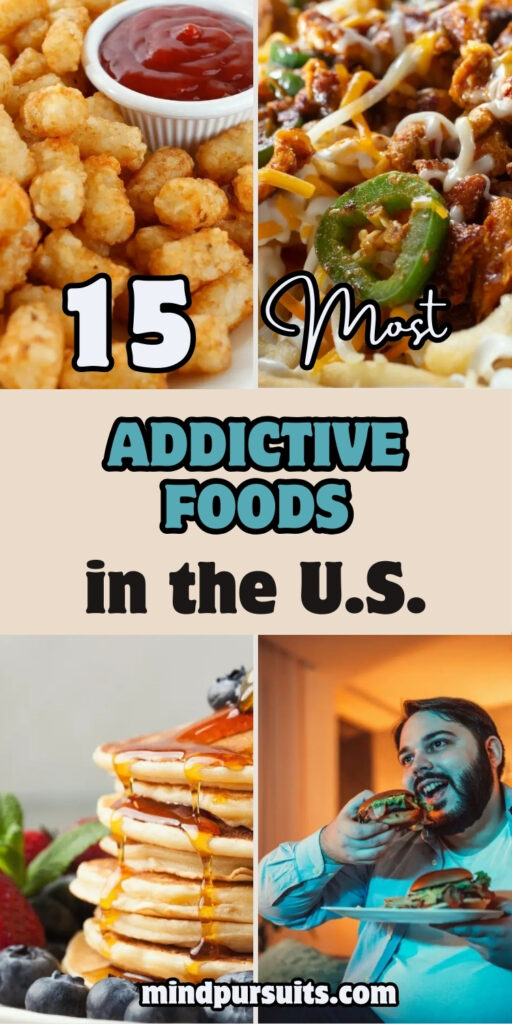
1. Cheetos Effect – Vanishing Caloric Density
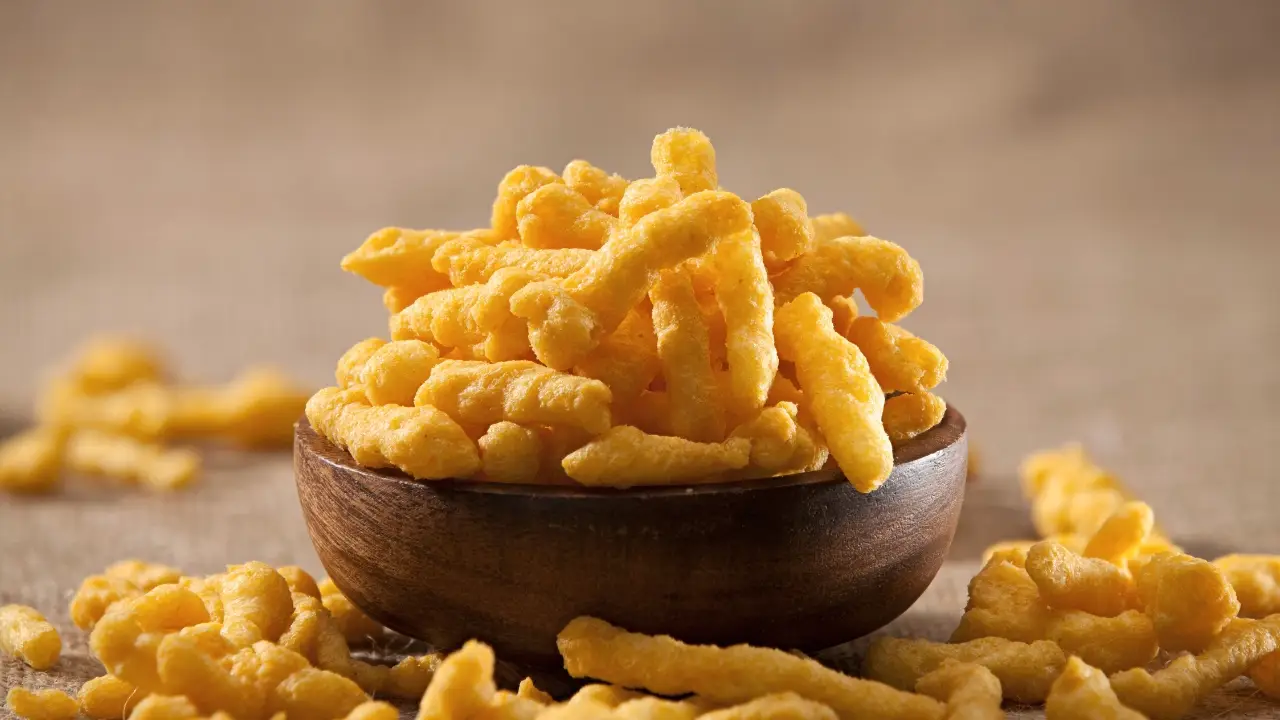
Ever wondered why a bag of Cheetos disappears so fast? These puffed snacks trick the brain into thinking they’re almost nothing. As they melt on the tongue, the body doesn’t register the expected fullness, leading to mindless overeating. Scientists call this “vanishing caloric density,” a term that describes how light, airy foods confuse hunger signals.
Manufacturers design these snacks to be effortless to chew and swallow, making it easier to eat handfuls without noticing. Each bite releases a concentrated burst of flavor, hitting pleasure centers in the brain like a jackpot. Unlike denser foods, which make the stomach feel full, these dissolve instantly, leaving a craving for more.
Salt, fat, and seasoning blends enhance the experience, keeping the brain engaged. With no resistance from texture, the hand-to-mouth cycle repeats itself until the bag is empty. Without natural stopping cues, it’s nearly impossible to stop at just a few.
2. The Umami Bomb – MSG-Loaded Delights
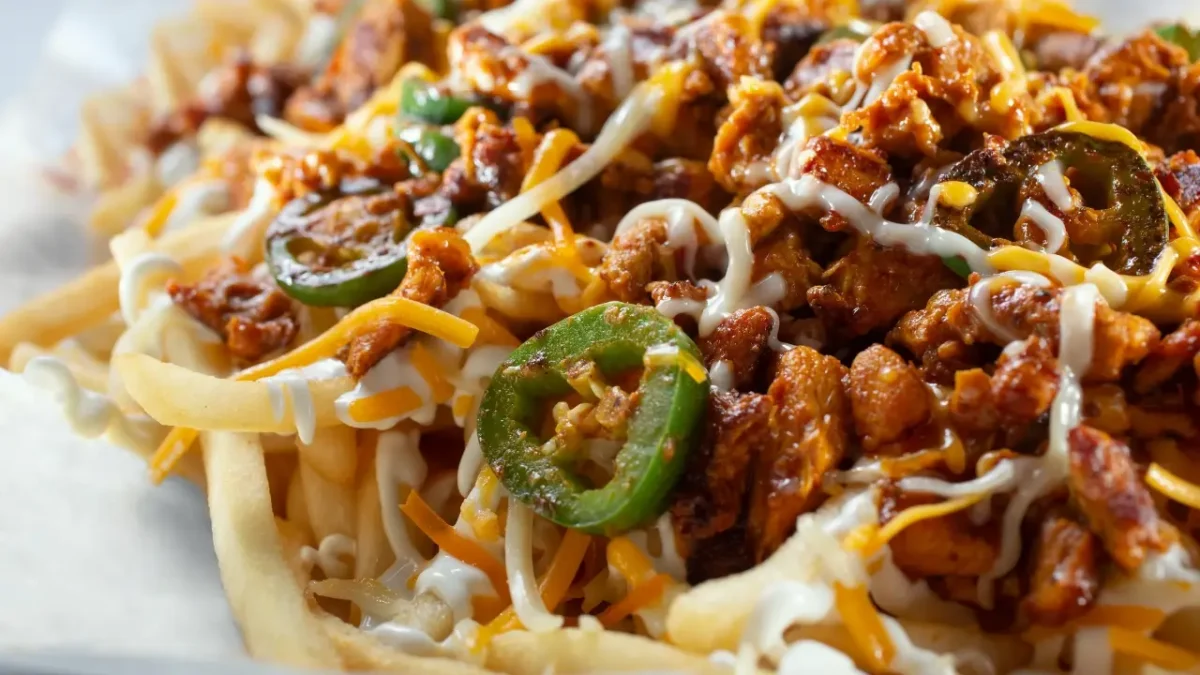
Few flavors captivate taste buds like umami. Foods rich in monosodium glutamate (MSG) create a deep, savory taste that lingers long after the last bite. This ingredient, commonly found in chips, fast food, and instant noodles, enhances natural flavors, making dishes irresistibly tasty.
Scientific studies show that MSG stimulates glutamate receptors in the brain, intensifying cravings. Unlike sugar or salt, which trigger immediate reactions, umami builds slowly, urging another bite before the first one fully registers. This slow burn makes it even harder to stop eating.
Asian cuisine often uses natural umami sources like seaweed, soy sauce, and mushrooms. However, processed foods take it further by concentrating the effect. Once the taste buds get used to the heightened sensation, regular food starts to feel bland. That’s why plain meals seem dull after a heavy dose of MSG-laden snacks.
3. Franken foods – Hyper-Processed Lab Creations
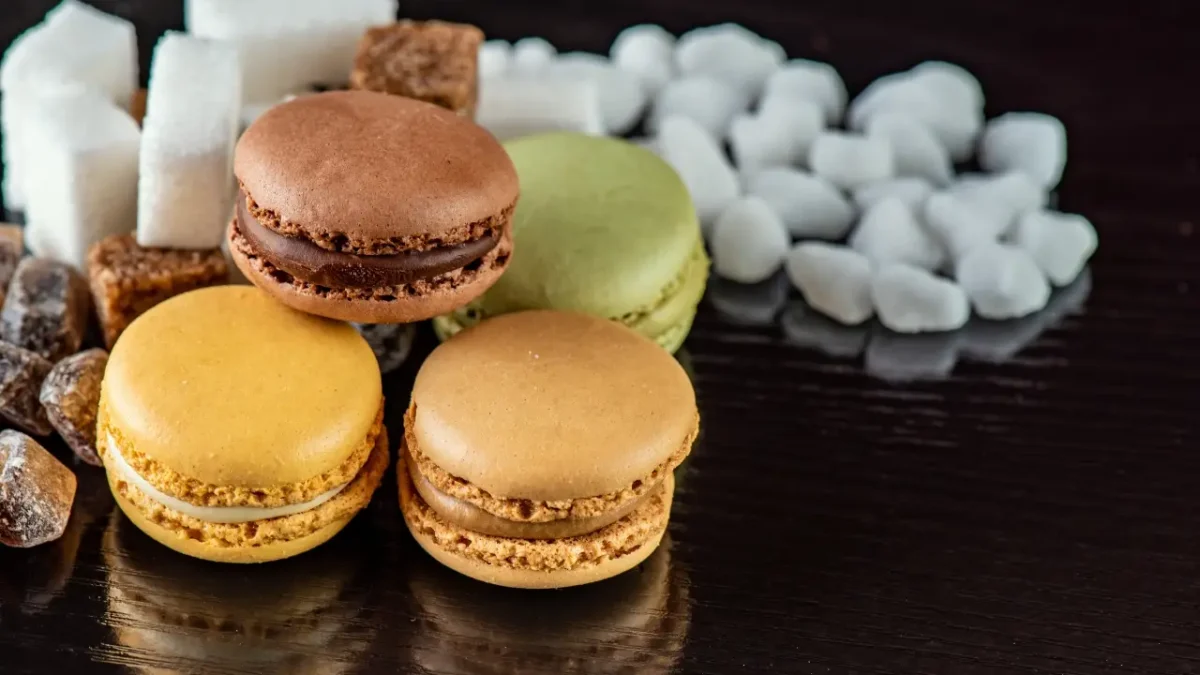
Modern food scientists have cracked the code for cravings. Ultra-processed snacks, often called “Frankenfoods,” blend sugar, fat, and artificial flavors in precise combinations to trigger dopamine responses. Unlike natural foods, these are engineered for pleasure rather than nutrition.
Doritos, for example, contain a mix of cheese, salt, umami, and a touch of sweetness to keep the brain guessing. Every bite feels different, preventing sensory fatigue. This unpredictability fuels the urge to eat more. Meanwhile, artificial flavors trick the brain into experiencing complex tastes without actual ingredients.
Many of these foods dissolve quickly, similar to Cheetos, reducing the natural cues that signal fullness. The result? Overeating without realizing it. When combined with bold flavors and bright colors, these snacks feel exciting, making them hard to resist.
4. Liquid Candy – Soda and Its Carbonation Craving
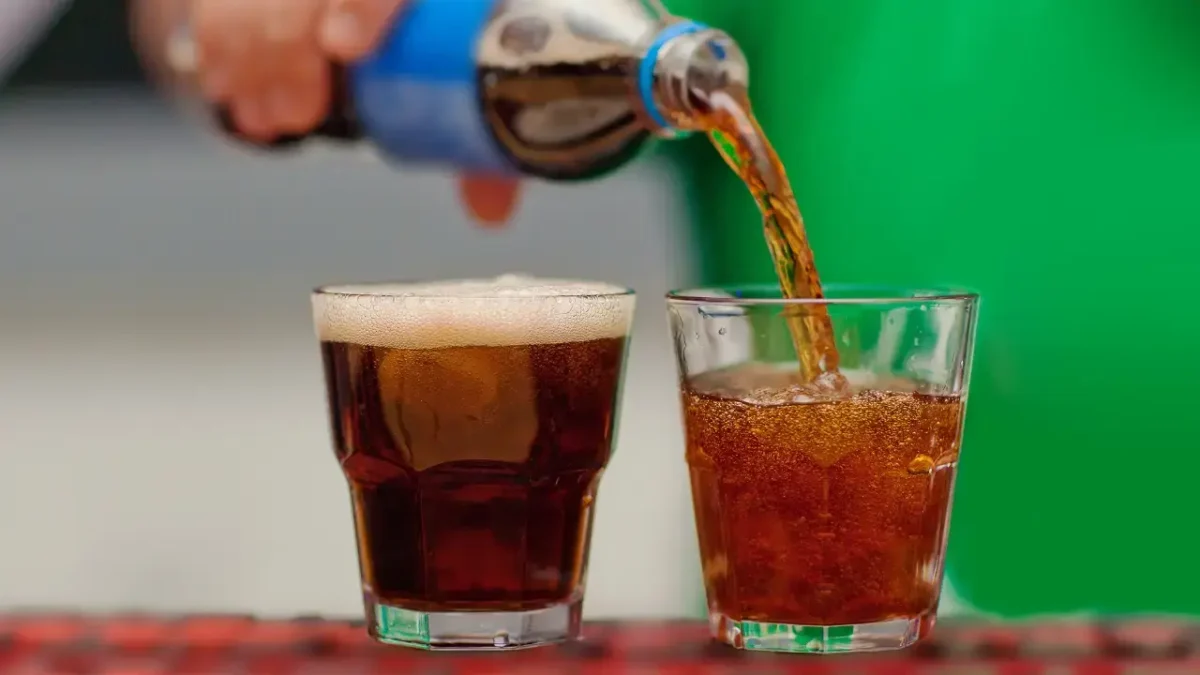
Soda isn’t just about sugar. The combination of carbonation, caffeine, and acidity makes it uniquely addictive. The fizziness excites the tongue, creating a tingling sensation that enhances sweetness. This effect makes each sip more enjoyable than a flat beverage.
Caffeine adds another layer by stimulating alertness and reinforcing cravings. Unlike coffee, which signals bitterness, soda masks it with sugar, making the experience purely pleasurable. Meanwhile, phosphoric acid cuts through sweetness, balancing flavors and making drinks feel less heavy.
Studies show that liquid sugar doesn’t register the same way as solid food. The body absorbs it quickly, leading to rapid spikes in blood sugar. Without the chewing process to slow things down, the brain doesn’t signal fullness as it would with solid snacks. This makes it easy to consume large amounts without feeling satisfied.
5. Sugar-Fat Synergy – The Perfect Ratio in Ice Cream

Ice cream isn’t just a dessert. Its balance of sugar and fat taps into deep biological cravings. This mix delivers quick energy while triggering pleasure responses in the brain. Unlike plain sugar, which can be overwhelming, or straight fat, which feels too rich, this combination keeps the taste buds engaged.
Cold temperature adds another dimension. As ice cream melts, flavors release gradually, extending the enjoyment. Each spoonful coats the tongue, ensuring that sweetness lingers. The smooth, creamy texture makes it comforting and effortless to eat.
Beyond chemistry, nostalgia plays a role. Childhood memories of ice cream on hot days or special occasions create emotional ties, making it harder to resist. No matter how full someone feels, a bite of ice cream always seems like a good idea.
6. Cheese Pull Temptation – The Casein Addiction
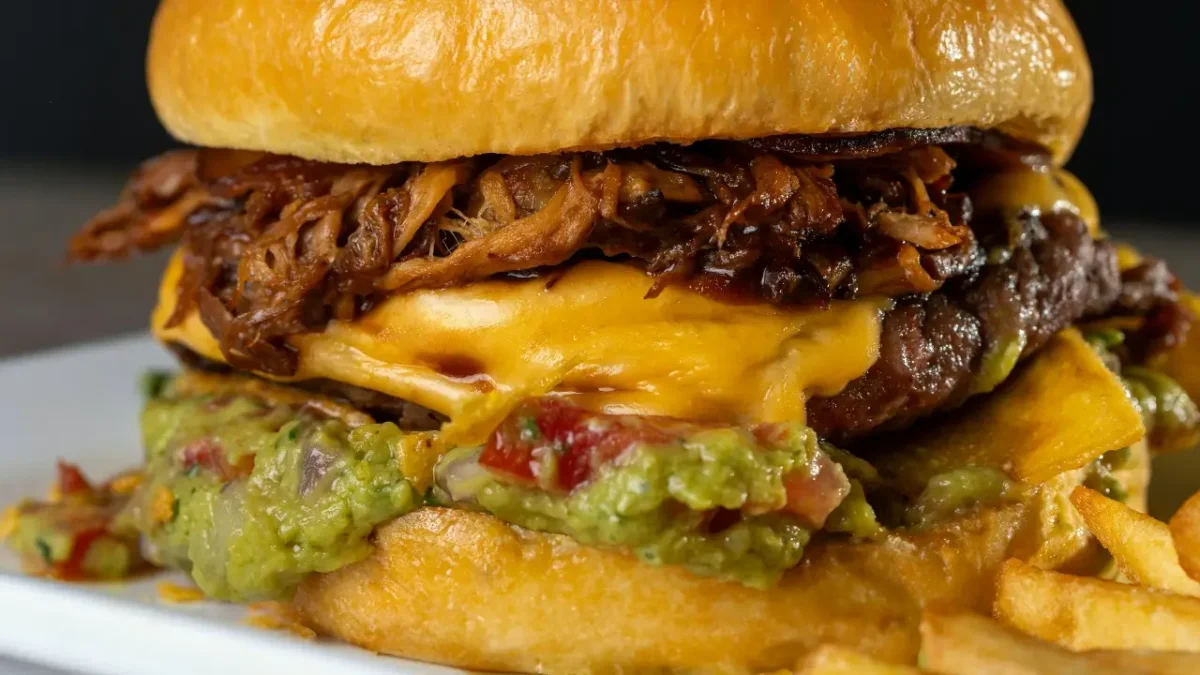
Melted cheese has a way of pulling people in—literally. The stretchy, gooey texture isn’t just visually appealing; it triggers cravings on a chemical level. Casein, a protein found in dairy, breaks down into casomorphins during digestion. These compounds bind to opioid receptors in the brain, producing a mild but noticeable pleasure response.
That’s why a slice of pizza or a grilled cheese sandwich feels more satisfying than it should. The combination of fat, salt, and casein creates a feedback loop that keeps the cravings alive. Unlike sugar, which delivers an instant rush, cheese builds its effect gradually, making it hard to stop at just one bite.
Beyond its chemical influence, the mouthfeel plays a huge role. The way melted cheese stretches and coats the tongue adds to its appeal. Soft yet slightly chewy, it delivers just the right resistance to make each bite feel rewarding. No wonder people can’t get enough.
7. The Late-Night Fast Food Spell

Late-night cravings hit differently. Fast food at midnight seems more tempting than it does in the afternoon. Part of this has to do with biology. As the body winds down for sleep, hunger hormones like ghrelin spike, increasing the urge for calorie-dense foods.
Fat and salt-heavy meals, like burgers and fries, satisfy those cravings instantly. The brain, already in a relaxed state, reacts even stronger to the pleasure signals from these foods. Warm, greasy, and packed with umami, they deliver the comfort the body seeks before rest.
Convenience adds to the appeal. After a long day, cooking feels like a chore. A drive-thru meal, hot and ready in minutes, becomes an easy decision. By the time the first bite hits, resistance fades. The mix of exhaustion, hunger, and flavor engineering makes late-night fast food nearly impossible to ignore.
8. Caramelized Seduction – The Maillard Reaction
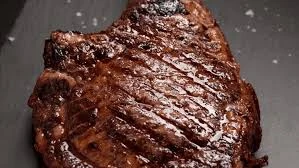
Something magical happens when food browns. The rich aroma of toasted bread, seared steak, or roasted coffee signals deep, satisfying flavors. This transformation, known as the Maillard reaction, occurs when amino acids and sugars interact under heat, creating complex flavor compounds.
Unlike raw ingredients, browned foods trigger an immediate sensory response. The crisp crust of a grilled cheese, the golden edges of a cookie, or the deep char on barbecue all activate primal cravings. These flavors evolved to signal nourishment, which explains why they feel so irresistible.
Texture plays a role, too. The contrast between a crispy exterior and a soft interior makes foods more engaging. A toasted marshmallow, for example, offers a satisfying crunch before melting away into gooey sweetness. The balance of flavors and textures keeps the brain engaged, making each bite more rewarding than the last.
9. Doughnut Paradox – The Double Hit of Sugar and Frying
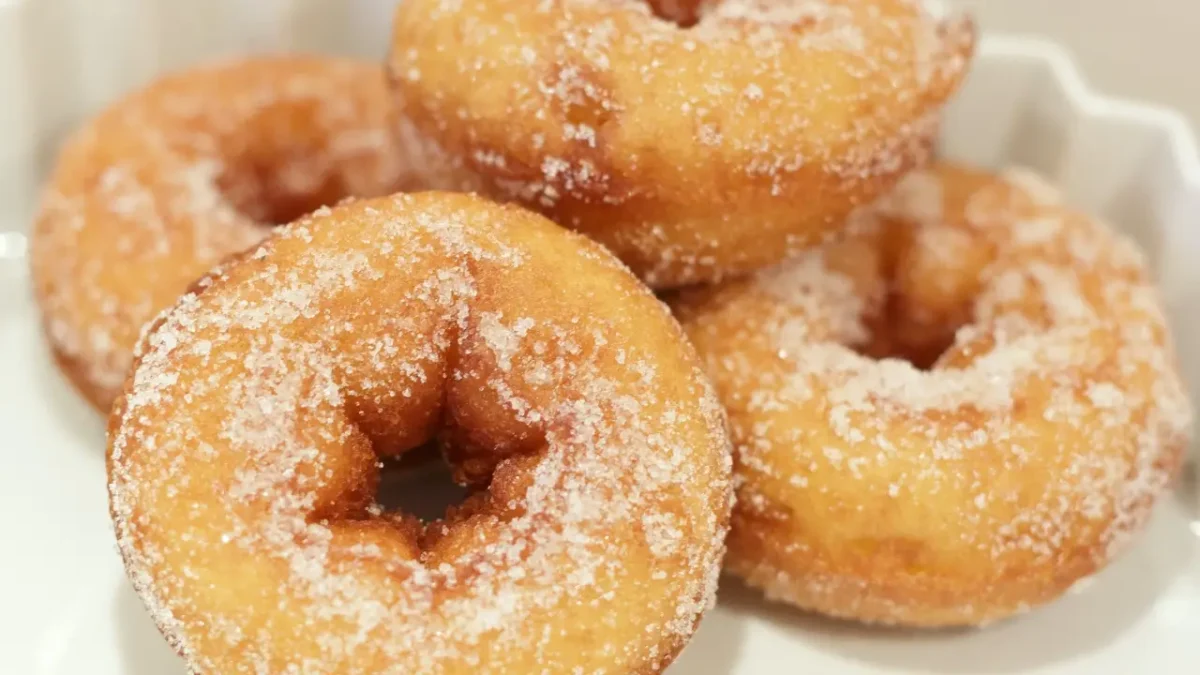
Something about fried dough coated in sugar makes self-control impossible. Doughnuts, funnel cakes, and churros tap into two of the brain’s strongest cravings—fat and sugar. Each element on its own is tempting. Together, they create an experience that’s hard to match.
Frying changes the dough’s texture, giving it a crispy shell while keeping the inside soft. The contrast makes every bite more satisfying. At the same time, the high fat content slows digestion, allowing sugar to linger in the bloodstream longer, prolonging the pleasure.
The aroma alone triggers cravings. That warm, slightly sweet scent signals something indulgent is nearby. Once sugar coats the fried surface, it sticks to the fingers, encouraging a hands-on experience that deepens the connection to the food. Few treats engage the senses so completely.
Related Article:
10. Artificial Sweeteners – The Brain’s Confusion Trick
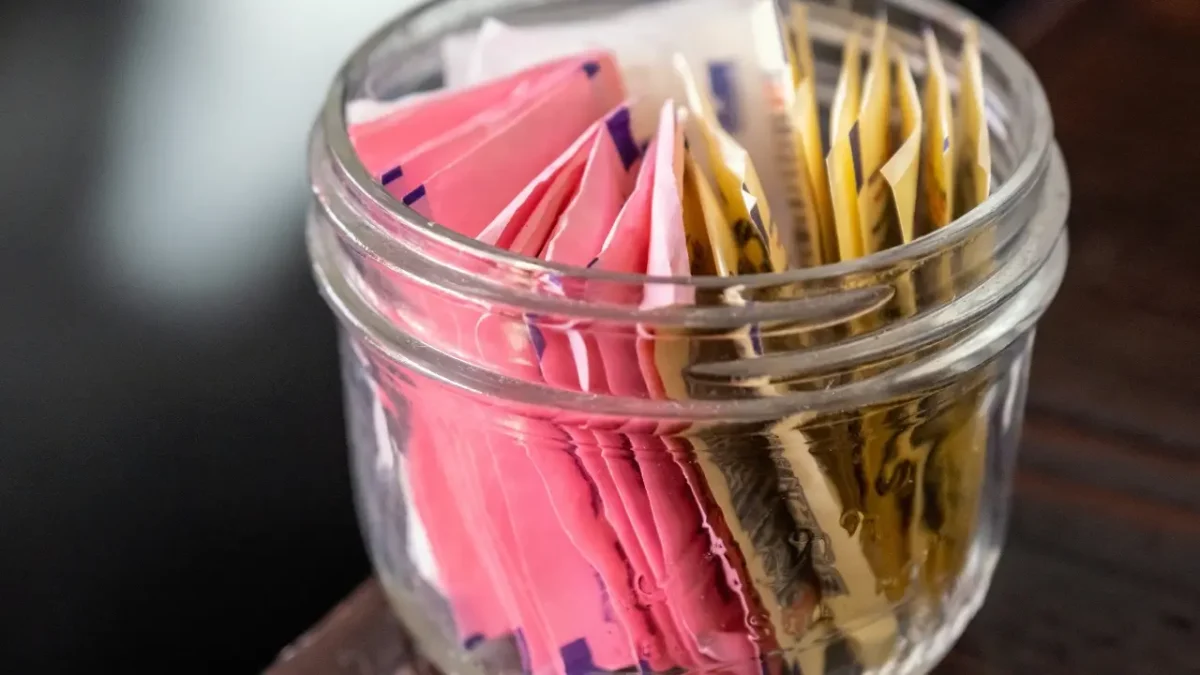
Zero-calorie sweeteners promise indulgence without consequences. The brain, however, doesn’t see it that way. Artificial sweeteners activate the same taste receptors as sugar, tricking the body into expecting an energy boost. When calories don’t follow, confusion sets in.
Studies show that consuming artificial sweeteners can increase cravings for actual sugar. The body, sensing a mismatch, pushes for real carbohydrates to compensate. This can lead to stronger urges for sweets later, making it even harder to resist high-calorie foods.
Another issue lies in taste adaptation. Over time, artificial sweeteners desensitize taste buds, making natural foods seem less flavorful. Fruits that once tasted sweet start feeling dull, reinforcing the cycle of seeking out artificially enhanced flavors. The more the brain adjusts, the harder it becomes to find satisfaction in simple, whole foods.
11. Crunch Factor – Why Chips Keep You Hooked
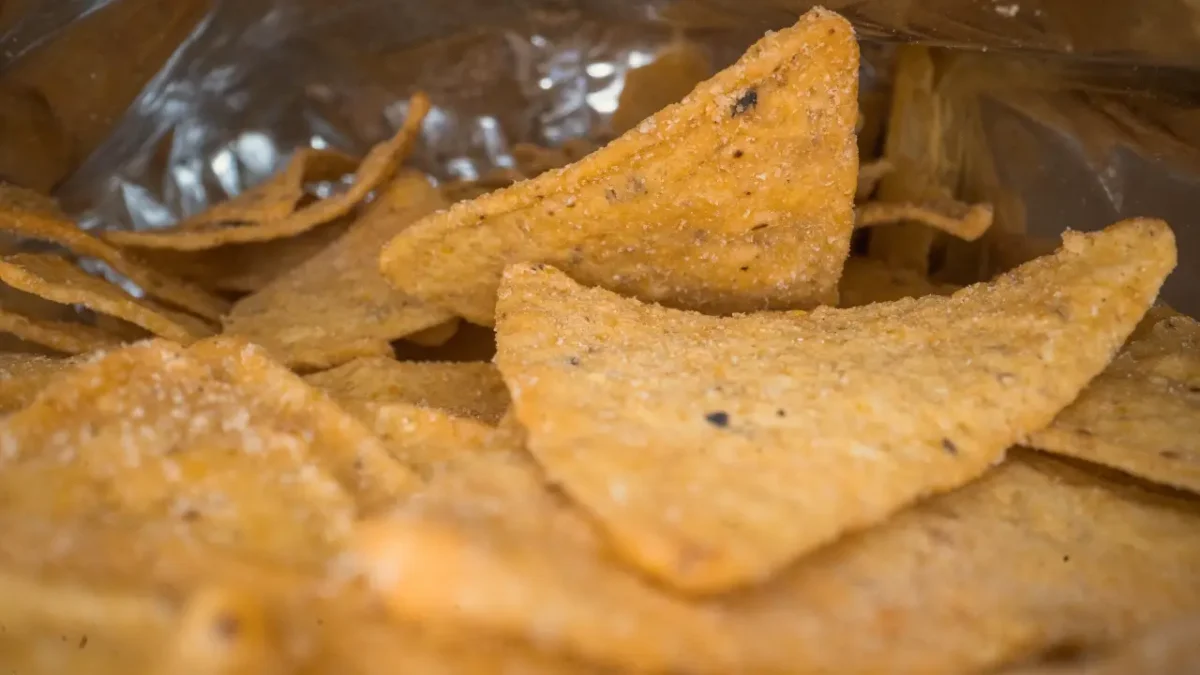
Sound plays a bigger role in cravings than most realize. That first loud crunch of a potato chip sends an instant signal of satisfaction to the brain. Studies show that people associate crispy foods with freshness, making them more appealing.
Beyond texture, the repetitive motion of eating chips keeps the brain engaged. One bite leads to another, each delivering just enough salt and fat to maintain the cycle. Unlike meals that require chewing and pausing, chips disappear with little effort. This makes stopping feel unnatural.
Manufacturers design chips with an engineered crispness that mimics the sound of biting into something fresh. That sensory trick makes them impossible to resist. Combine this with bold flavors, and a single handful turns into an empty bag before anyone notices.
12. The Frozen-Fried Phenomenon – French Fries & Tater Tots
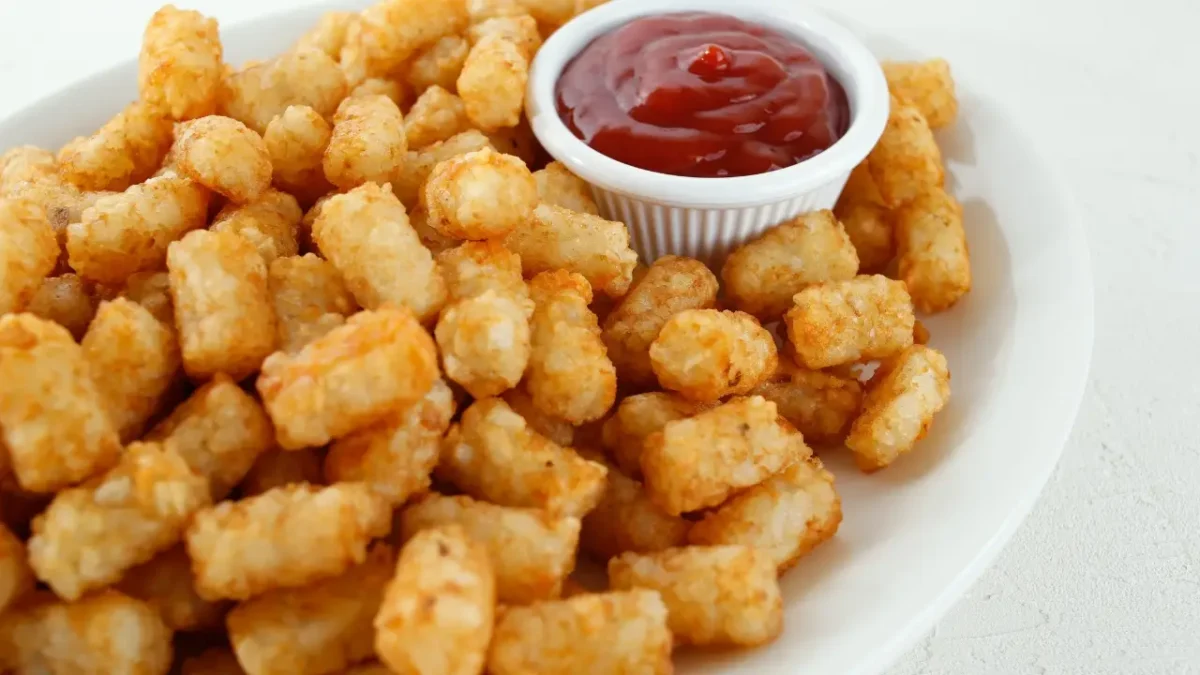
French fries taste different from other potato dishes for a reason. The secret lies in their freezing process. Before they ever hit hot oil, most fries are blanched, dried, and flash-frozen. This step creates a unique texture, ensuring a crispy shell and soft interior.
Frying seals the deal. When the frozen surface meets hot oil, tiny bubbles form, giving fries their signature crunch. At the same time, starches caramelize, producing a rich, slightly sweet flavor. This contrast between crispy and fluffy keeps people coming back for more.
Seasoning adds another layer. A simple mix of salt and fat enhances every bite. Without strong signals of fullness, the brain never gets the message to stop. That’s why fries vanish so fast, even when hunger fades.
13. Nostalgia Bait – Comfort Foods That Hook You Emotionally
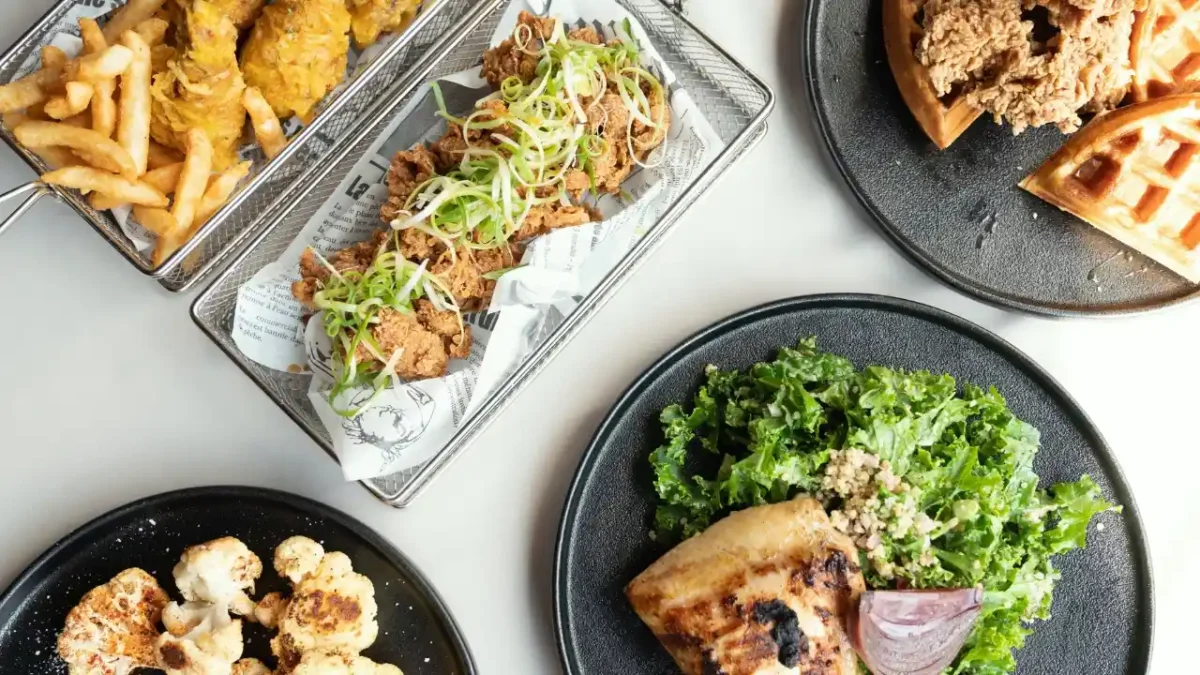
Food isn’t just about flavor. Some cravings come from memories, not hunger. The smell of mac and cheese, the taste of warm cookies, or the first sip of hot chocolate can bring back childhood comfort in seconds.
These foods carry emotional weight. Many were rewards, treats after a long day, or part of family traditions. That deep connection turns them into craving triggers. Even when hunger isn’t real, nostalgia makes them hard to resist.
Manufacturers understand this. Brands often market processed versions of childhood favorites, ensuring they remain part of adult life. Once those flavors resurface, the brain links them to past warmth and security. That’s why comfort food cravings often feel stronger than physical hunger.
14. Energy Drinks – Caffeine, Sugar, and the Dopamine Rush
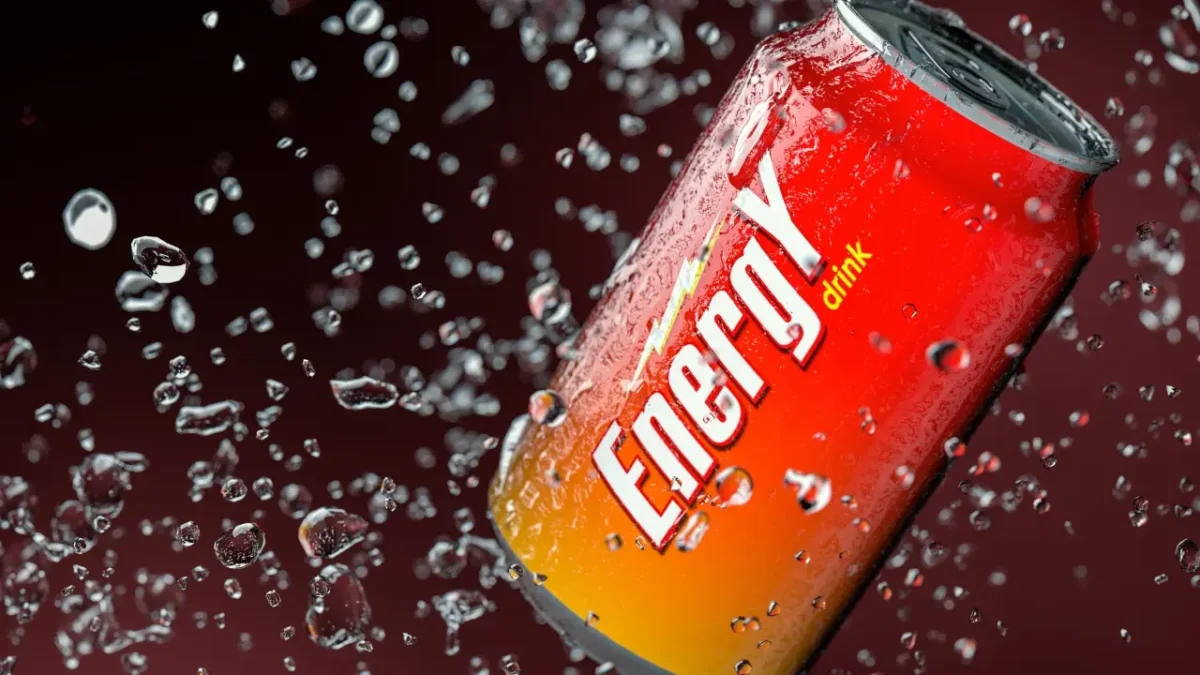
Energy drinks don’t just wake people up. Their formula is designed for maximum stimulation. Caffeine jolts the brain, increasing alertness and sharpening focus. Sugar follows, spiking blood glucose for an instant energy boost. Together, they create a powerful reward loop.
Artificial flavors and carbonation make them even more appealing. The fizziness enhances taste while adding a refreshing bite. Unlike coffee, which has a natural bitterness, energy drinks feel smooth and sweet, making them easier to consume quickly.
The real trap comes from the crash. As blood sugar drops and caffeine wears off, the body craves another fix. That cycle fuels repeated consumption, turning a single can into a habit. Over time, tolerance builds, pushing the need for stronger doses.
15. The All-Day Breakfast Trap – Pancakes, Syrups, and Hidden Sugars
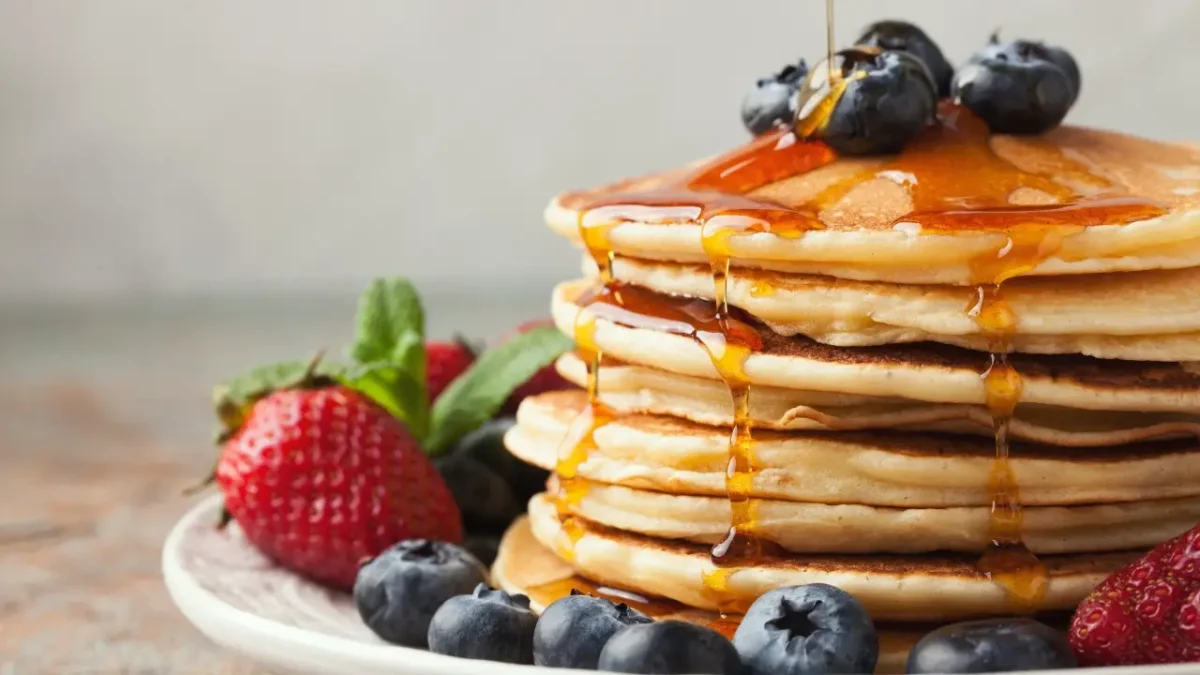
Breakfast foods shouldn’t feel like desserts, but many do. Pancakes, waffles, and syrup-drenched treats load the body with sugar first thing in the morning. The problem? This rush fades fast, leaving behind stronger cravings for more.
Fluffy textures make them easy to eat, requiring little effort to chew. That lightness encourages overeating. Unlike fiber-rich meals, these foods digest quickly, sending blood sugar on a rollercoaster ride.
Syrups and toppings make things worse. A drizzle of maple syrup or a dusting of powdered sugar adds layers of sweetness that mask how much sugar is actually being consumed. The result? A breakfast that sets up a craving loop lasting the entire day.


